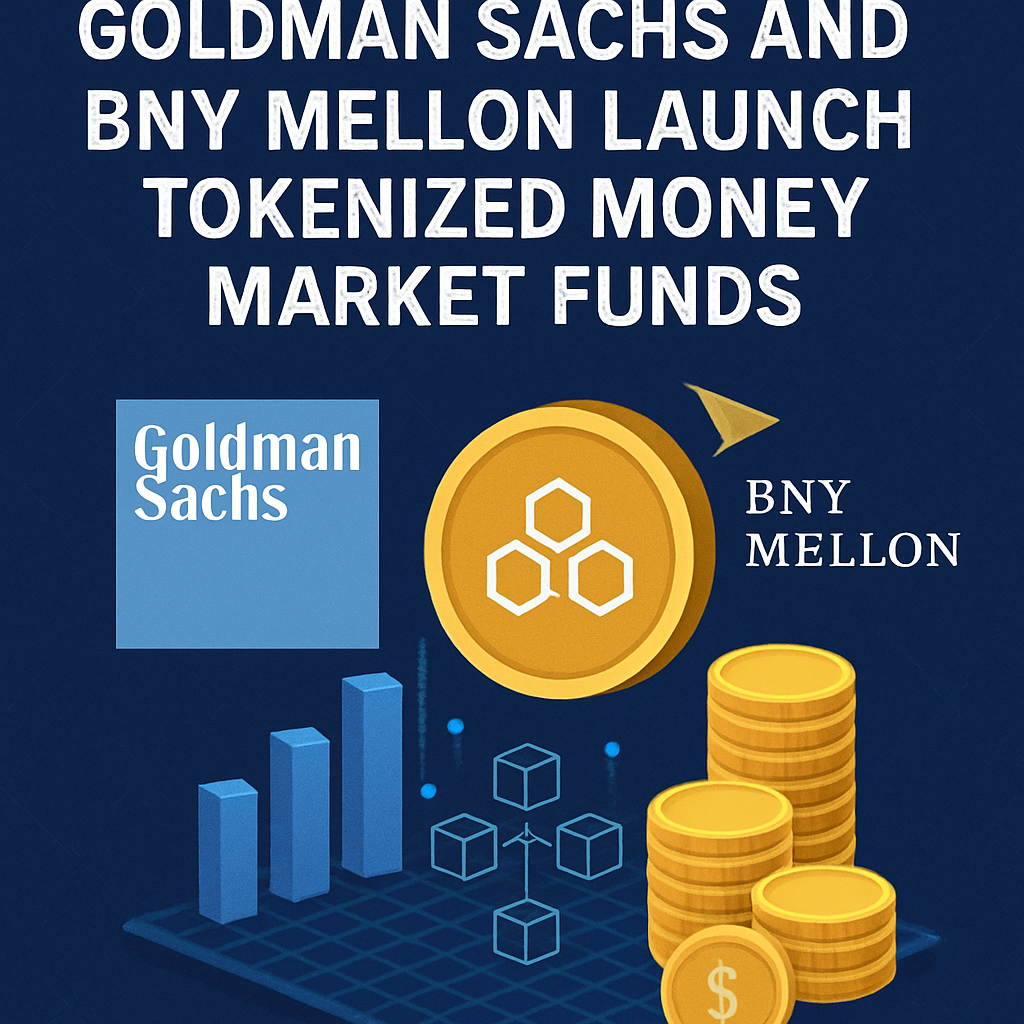On August 6, 2025, Goldman Sachs and The Bank of New York Mellon unveiled a collaborative initiative to tokenize money market funds on a permissioned blockchain network. The project introduces on‐chain tokens that mirror traditional money market fund (MMF) shares, enabling authorized institutional investors to execute near-instantaneous creation and redemption transactions through smart contracts.
The tokenized MMF program leverages an enterprise-grade distributed ledger to automate the issuance and redemption of fund shares. Under the arrangement, participants transfer U.S. dollars to the fund’s omnibus bank account and receive equivalent tokens representing one share of a U.S. Treasury-backed MMF. Smart contracts enforce compliance with Know-Your-Customer (KYC) and Anti-Money-Laundering (AML) requirements, while a shared digital registry maintained by Goldman Sachs and BNY Mellon records token ownership. Tokens can be redeemed at any time by returning them to the smart contract, triggering automated payout instructions to the investor’s designated bank account.
The initiative follows recent guidance from the U.S. Securities and Exchange Commission on digital asset custody and fund structuring. Both banks secured no-action relief to permit token-based transactions for MMF shares, marking a significant step toward mainstream adoption of tokenized fund products. The banks emphasize potential benefits, including reduced settlement times, lower operational costs, enhanced transparency, and real-time compliance monitoring. Executives from each institution noted that tokenization can improve liquidity management by enabling fund sponsors to track net asset value adjustments on-chain and to manage cash flows more efficiently.
Industry observers view the partnership as a bellwether for future tokenization efforts across asset classes, including mutual funds, exchange-traded funds, and private market instruments. By combining Goldman Sachs’s asset management expertise with BNY Mellon’s custody infrastructure, the program aims to demonstrate a scalable model for integrating traditional finance and distributed ledger technology. Stakeholders anticipate that successful rollout could pave the way for expanded, regulated digital asset offerings, fostering greater institutional engagement with blockchain-based financial products.

Comments (0)